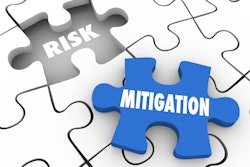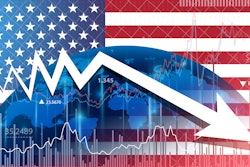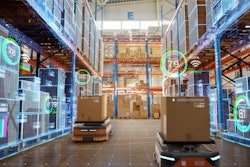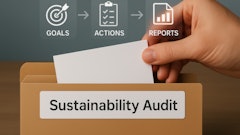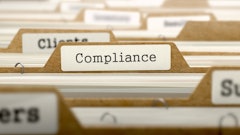
Above all other concerns, the economy remains the No. 1 risk keeping global business leaders up at night, according to a new survey from Protiviti and North Carolina State University's ERM Initiative. Economic uncertainty and volatility are expected to persist as leaders grapple with inflation, tariffs, geopolitical upheaval, growth in AI and other emerging technologies, and upcoming policy changes from new administrations globally.
"Despite the volatile economic environment with deglobalization, tariffs and the threat of trade wars, and changing regulation, leaders are feeling more confident that their organizations are battle-tested and better prepared to deal with disruption whether it's anticipated or not," says Matt Moore, global leader of risk and compliance at Protiviti. "Global leaders will need to tap into this confidence to adapt to evolving policies and a dynamic business landscape in the U.S. and abroad."
"The widespread impacts of a cyber event permeate an entire company, which result in a number of potential risks – operational, financial, reputational and beyond. It's imperative that CISOs have open and honest conversations with senior leadership and board members on the organization's cyber risk profile. These discussions inform the steps taken to manage the variety of cyber threats that companies must face, including everything from risk of third parties with access to the company's data or environment to nation state-sponsored attacks," says Andy Retrum, global leader, technology risk and resilience, Protiviti.
Key takeaways:
Top 10 Global Risks (over the next 2–3 years)
- Economic conditions, including inflationary pressures
- Cyber threats
- Ability to attract, develop and retain top talent, manage shifts in labor expectations, and address succession challenges
- Talent and labor availability
- Increases in labor costs
- Heightened regulatory change, uncertainty and scrutiny
- Third-party risks
- Rapid speed of disruptive innovations enabled by new and emerging technologies and/or other market forces
- Adoption of AI and other emerging technologies requiring new skills in short supply
- Emergence of new risks from implementing artificial intelligence
- Resistance to change was ranked as the fourth biggest risk for companies in 2023 and has fallen to 17th place for this year's survey, indicating that companies have established more agile business models and frameworks for identifying and responding to the unexpected with an increased level of flexibility in their strategic approaches.
- Risks related to talent – whether challenges about attracting and retaining talent or increasing labor costs – occupy three of the Top 5 short-term risks, indicating significant ongoing challenges. It is now clear that the risks AI poses are embedded in several of the other Top 10 risks. This is especially true when looking at the talent-related risks.
- Boards and C-suite leaders ranked cyber threats as the second most concerning risk over the next 2-3 years, outranked only by the economy. Cyber threats also represent the most-cited long-term operational risk for executives, with 31% selecting it among their two most concerning operational risk issues for the next decade.
- Just over one-fifth (22%) of global executives ranked geopolitical shifts as one of their Top 2 macroeconomic risks over the long term. Customer loyalty (22%) and supply chain (16%) were also on the minds of survey respondents, with a sizeable number selecting them as one of their top two operational and strategic risks respectively.





